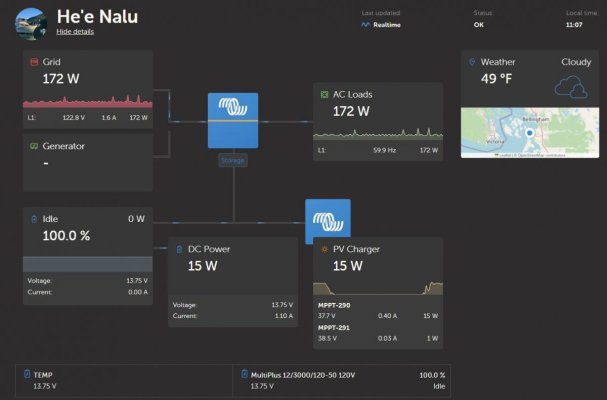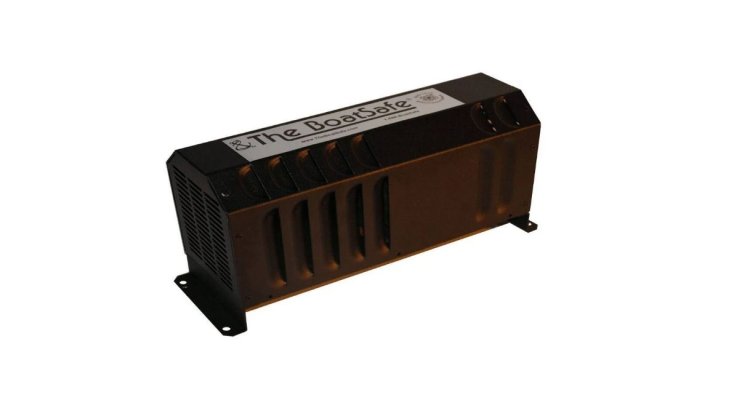I wouldn’t do anything to the engine other than normal winterization. You’ll be living aboard. Your fresh water system will be more of a concern than the engine. If you can keep you domestic water system from freezing, you’re engine will be fine.
A wifi temperature sensor in the engine room will give you heads up if you’re worried. I doubt you’ll see below freezing if you’re keeping the living space habitable but if it gets into the danger zone, add a small ceramic heater in the engine room. Adding a block heater, can be problematic, even for a professional. Why chance it?
A wifi temperature sensor in the engine room will give you heads up if you’re worried. I doubt you’ll see below freezing if you’re keeping the living space habitable but if it gets into the danger zone, add a small ceramic heater in the engine room. Adding a block heater, can be problematic, even for a professional. Why chance it?








